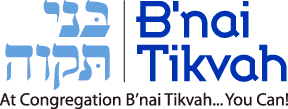One of the things that sometimes makes the siddur hard to comprehend is the use of repetition. Our modern style emphasizes brevity. George Orwell’s Rule of Writing #3: If it is possible to cut a word out, always cut it out.
Liturgical Hebrew almost seems to follow the opposite rule—if you can find another way to say the same thing, do it! (So what if Kiddush is a little later?). In Hashkiveynu (“Help us our Father to lie down in peace”) we see a perfect example of this. Under the general theme of “give us peace” we read ten variations on the theme:
- Help us to lie down in peace…
- awaken us to life again…
- spread over us Your shelter of peace…
- guide us with your good counsel
- save us because of your mercy…
- shield us from enemies and pestilence, from starvation, sword and sorrow…
- remove the evil forces that surrounds us…
- shelter us in the shadow of Your wings…
- guard our coming and going…
- grant us life and peace…
Without going into details, it should be obvious that there are subtle differences between each of these phrases. And there are reasons to go into all the nuances. As early psychologist Josef Breuer made famous with his expression, “the talking cure,” (coined by his patient “Anna O” [aka Bertha Pappenheim]) being explicit about what we fear is a very effective way to overcome those fears.
And Jews, as we all know, had/have something to be afraid of.
